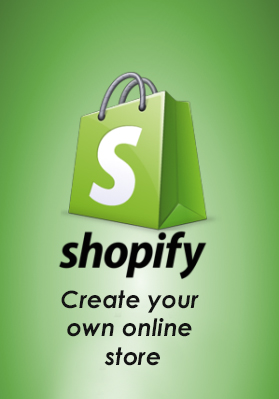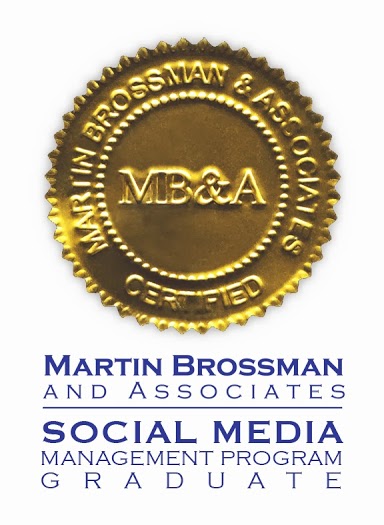Henry Ford: surround yourself with smarter people.
Any sport: play against better players to get better.
The Framingham heart study: you’re as fat as your friends (and you smoke as much as they do, too).
Everybody says it, but not everybody does it. Parents worry about the effects of their children’s friends on their children, but do they worry about the effect of their own friends on their life anywhere near as much? It’s just as important.
When people are initially laid off from long-term jobs, they find comfort and support in attending job clubs and classes. However some find that, should they stay unemployed for a longer time than expected, they may be better to move into groups where people are creating new work and new jobs for themselves.
Change which you can. You may not be able to stop smoking, or start exercising, just yet. You may not be able to not eat junk food. But maybe it’s possible to adjust the amount of time you spend with people who practice the behavior and enjoy the success you want. It can rub off.



Follow Us!